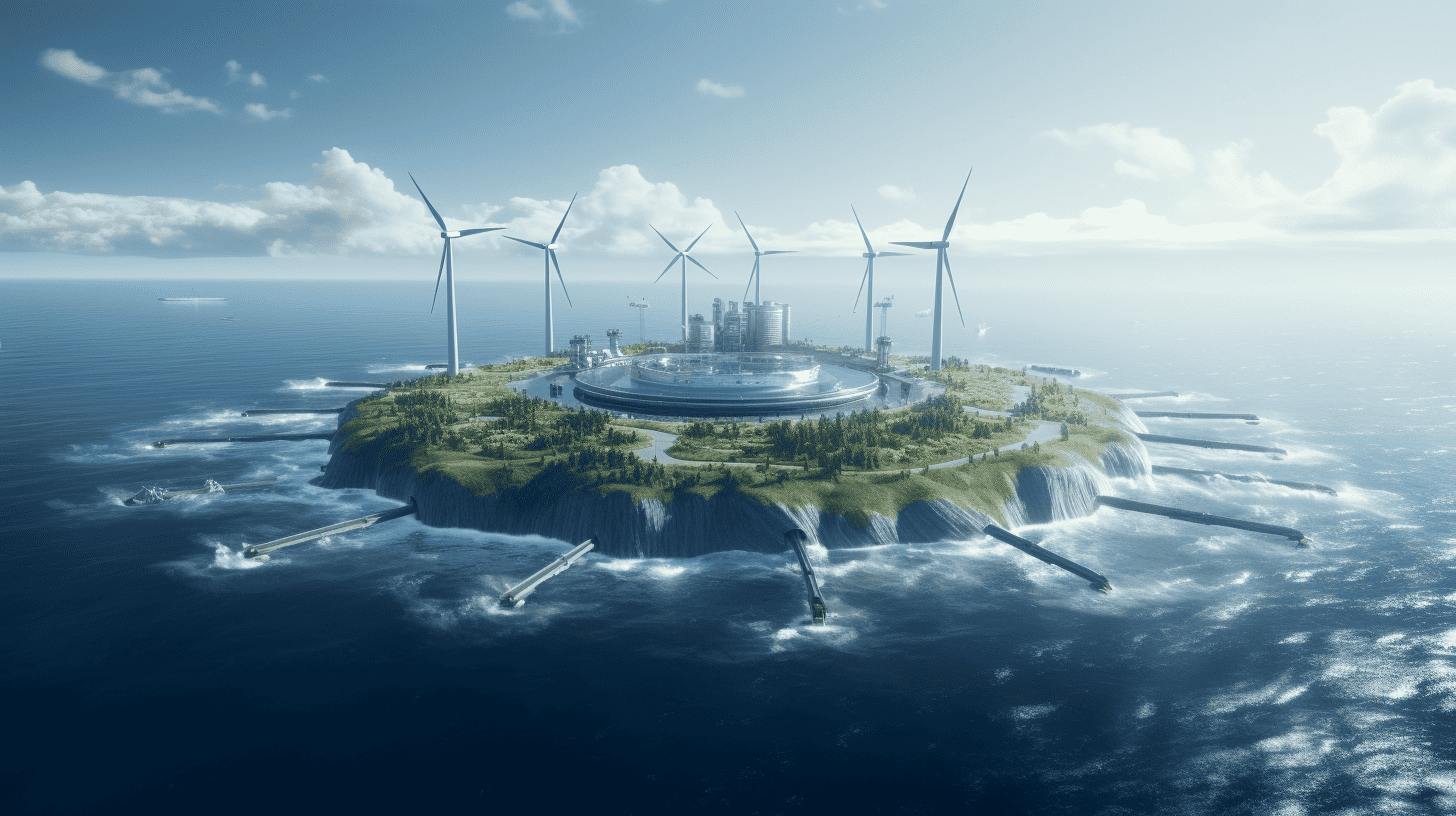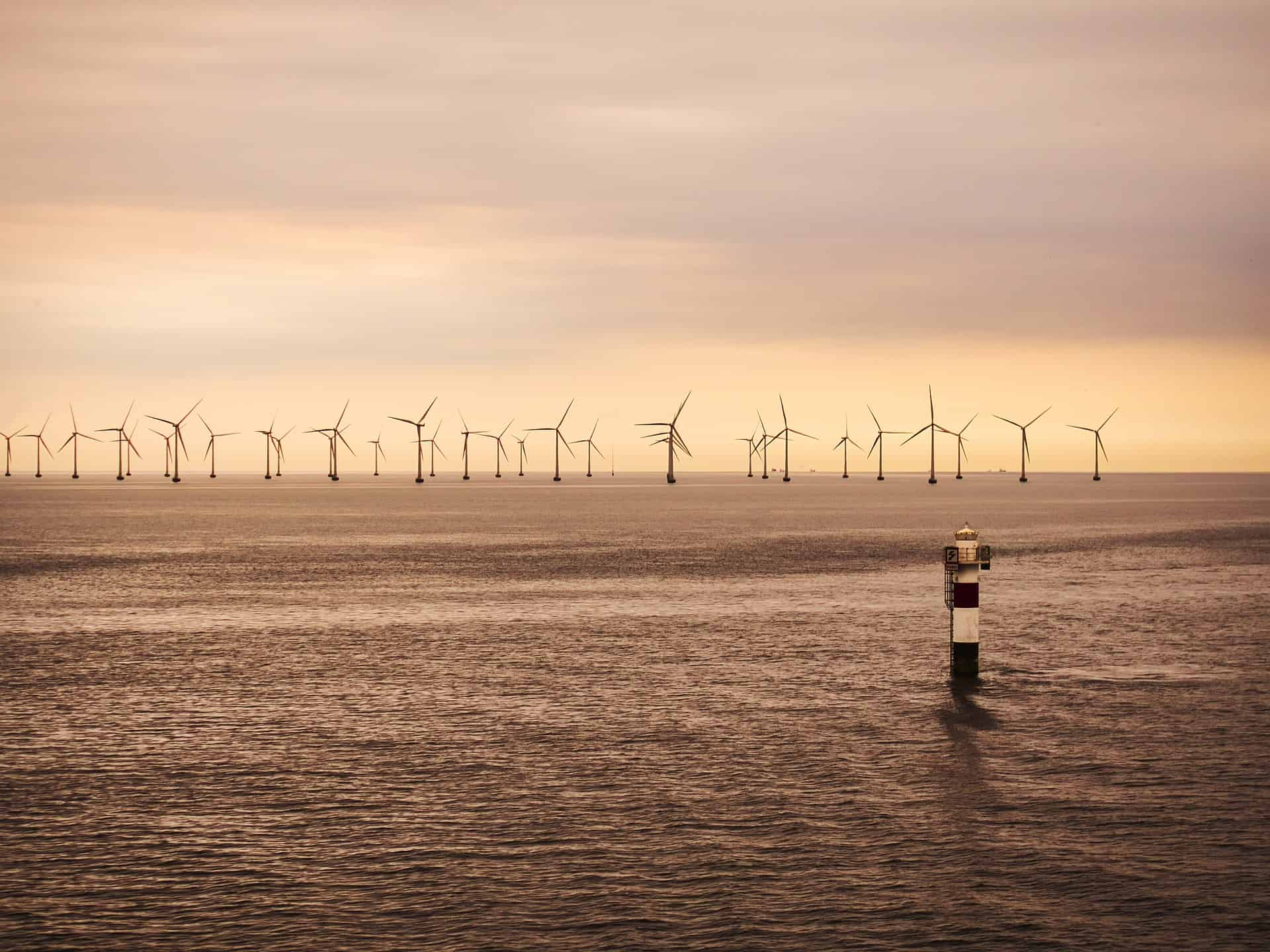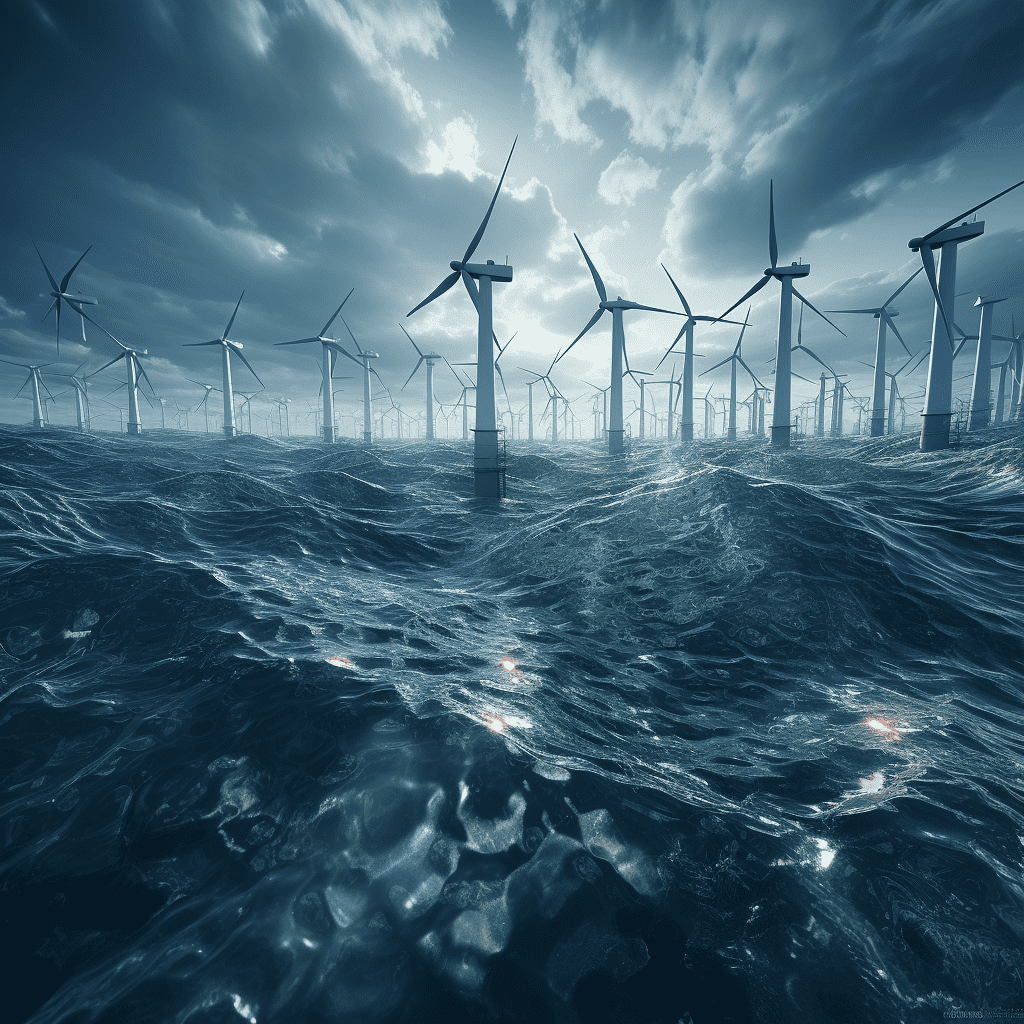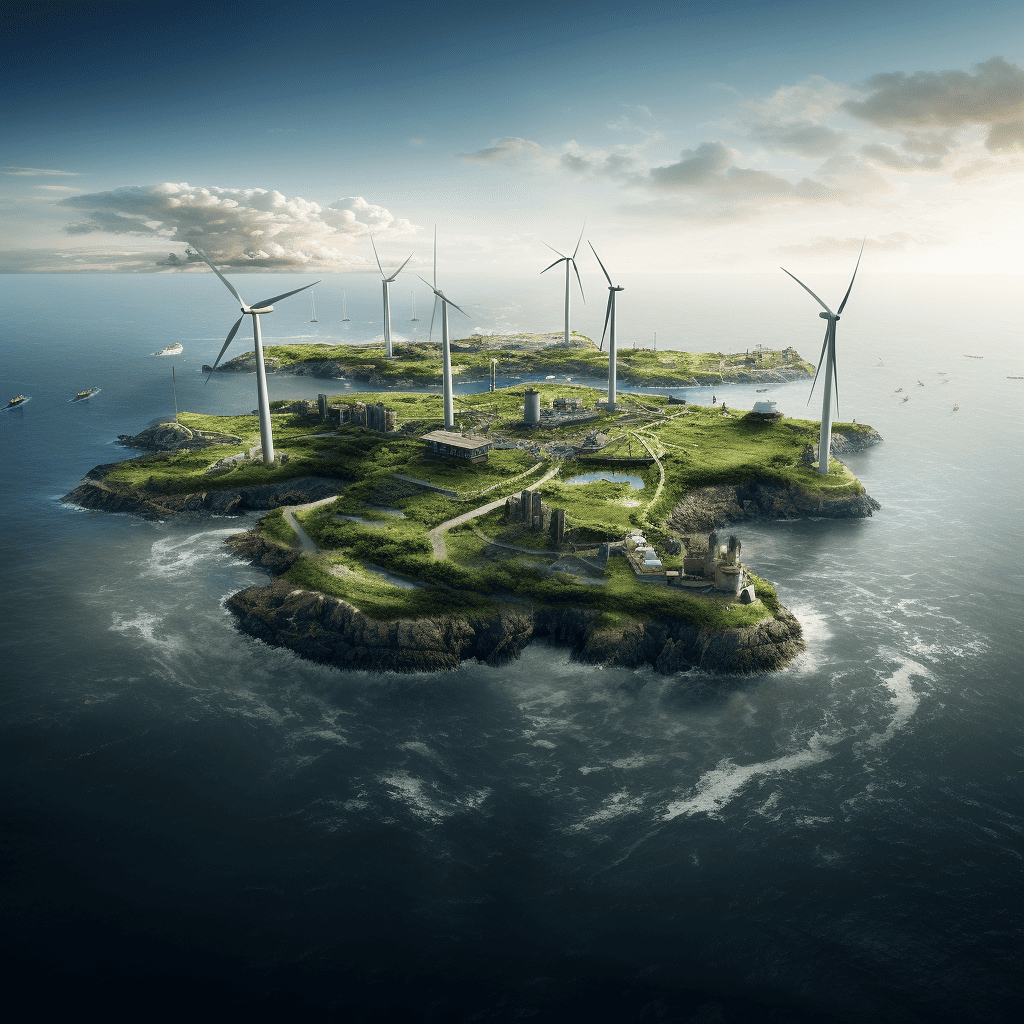
Grid operator Elia announced that it received permission to commence construction of the world’s first energy island, Princess Elisabeth Island. The energy island, with an expected operational date of 2028, will be an hub for clean power production and serve as a conduit for new wind farms and future interconnections with the UK and Denmark. Ultimately, the island aims to jointly produce at least 300 GW of offshore wind energy by 2050 with other North Sea countries, further establishing Belgium as a leader in offshore capacity per capita.
- Belgium is building the world’s first energy island.
- Princess Elisabeth Island will produce 300GW of wind energy by 2050.
- The island will be an hub connecting UK, Denmark and Belgium offshore wind farms.
Project overview: a pioneering effort
The Princess Elisabeth Island project is a pioneering electricity grid at sea. Its primary objective is to connect offshore wind farms to the Belgian mainland, making Belgium a critical hub for future interconnections with the UK and Denmark. The project is being developed by Belgian electricity transmission system operator Elia, and the receipt of the environmental permit in early 2023 marked a significant milestone in the project’s progression.
The construction phase of the project is expected to span over two years, from March 2024 to August 2026. Upon completion, the island will be fully integrated with all wind farms and the mainland by 2030. The total cost of the project is estimated to exceed €600 million, with the EU contributing €99.7 million from the Recovery & Resilience Facility.
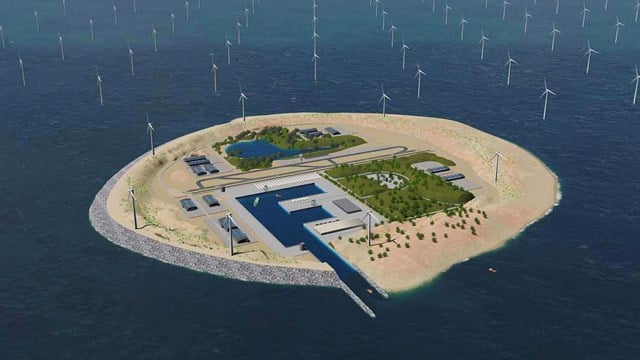
Technical specifications and capacity
The Princess Elisabeth Island is part of the larger Princess Elisabeth Zone, housing a future 3.5 gigawatt (GW) offshore wind farm in the North Sea, located approximately 45 km off the Belgian coast. The world’s first artificial energy island will receive power from the wind turbines via undersea cables. This power will then be converted to high-voltage electricity and distributed to the Belgian mainland and other European countries. The energy island will employ a combination of both high voltage direct current (HVDC) and alternating current (HVAC).
Belgium ranks second worldwide in offshore capacity per capita. With the energy island, Belgium aims to jointly produce at least 300 GW of offshore wind energy by 2050 with other North Sea countries. This quantity of wind energy could power approximately 200 million European households.
Environmental and ecological considerations
One of the primary concerns associated with the construction of the energy island is the potential damage to biodiversity. To address this concern, Elia is developing a “nature-inclusive design” for the island to promote marine biodiversity. Furthermore, the island will be constructed in a protected marine area (Natura 2000), with the aim of contributing to the energy transition while simultaneously protecting the marine environment.
Despite these efforts, some ecological drawbacks are associated with building sand-filled artificial islands. These include disruption to nature caused by laying cables, leaks, lighting, noise pollution, and impacts on migratory birds. To protect the critical infrastructure at the bottom of the sea, innovative security measures are being explored, such as the use of underwater microphones to detect abnormal activity and prevent sabotage.
Belgium’s vision for offshore wind energy
The construction of the energy island forms a crucial part of Belgium’s plan to develop the North Sea into a “green energy powerhouse”. The country is prioritising the use of the island for better electricity connections with other countries. The offshore network for electricity exchange will pass through Dutch territorial waters, creating a series of offshore floating platforms that can be interconnected with neighbouring countries.
By aiming to jointly produce at least 300 GW of offshore wind energy by 2050 with other North Sea countries, Belgium is set on a path to transform the North Sea into a green energy hub, providing cheap and green energy for households and businesses.



